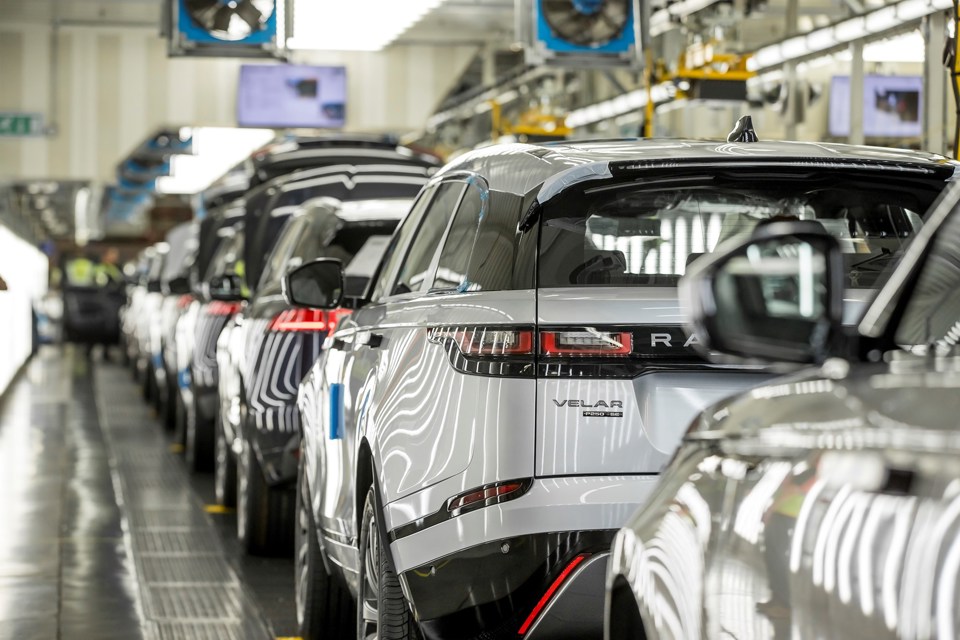The Society of Motor Manufacturers and Traders (SMMT) has stated that a new period of Brexit limbo has not ended the “havoc” for automotive sector as it revealed that UK vehicle production had fallen by 15.9% in Q1.
An 18.1% decline in production for the UK in the first three months of 2019 (to 78,940) saw the sector suffer its weakest period of home market productivity from the sector since 2011 as the overall output declined to 370,289, meanwhile.
Output for export also fell by 13.4% as soft demand in key Asian and European markets continued, the SMMT said.
The decline in the UK’s demand for UK-built vehicle meant that exports actually increased their share of overall production year-on-year to 78.7%, a point that the SMMT said demonstrated the “crucial importance of free and frictionless trade”.
Chief Executive, Mike Hawes, said: “Despite the extension, the Brexit clock is still ticking and a devastating ‘no deal’ remains a threat.
“This new period of limbo does not end the havoc for industry, with investment stopped and expensive factory shutdowns moved to avoid a Brexit deadline that has itself now moved.
“Just a few years ago, industry was on track to produce two million cars by 2020 – a target now impossible with Britain’s reputation as stable and attractive business environment undermined.
“All parties must find a compromise urgently so we can set about repairing the damage and diverting energy and investment to the technological challenges that will define the future of the global industry.”
The SMMT’s latest independent production forecast is also published this week and illustrates what is at stake for British car manufacturing following Brexit.
Assuming a positive result to the negotiations with a favourable deal and transition period maintaining the status quo, the SMMT said that UK car production could be 1.36 million units in 2019, down from 1.52 million in 2018, before rising to 1.42 million by 2021.
However, it added that were Britain to crash out of the EU and fall back on WTO rules for a sustained period, the output is forecast to fall around 30% on recent levels to just 1.07 million units by 2021, a level consistent with the dark days of the mid-1980s.



















Login to comment
Comments
No comments have been made yet.